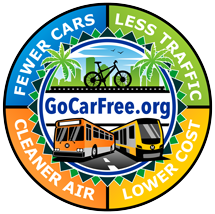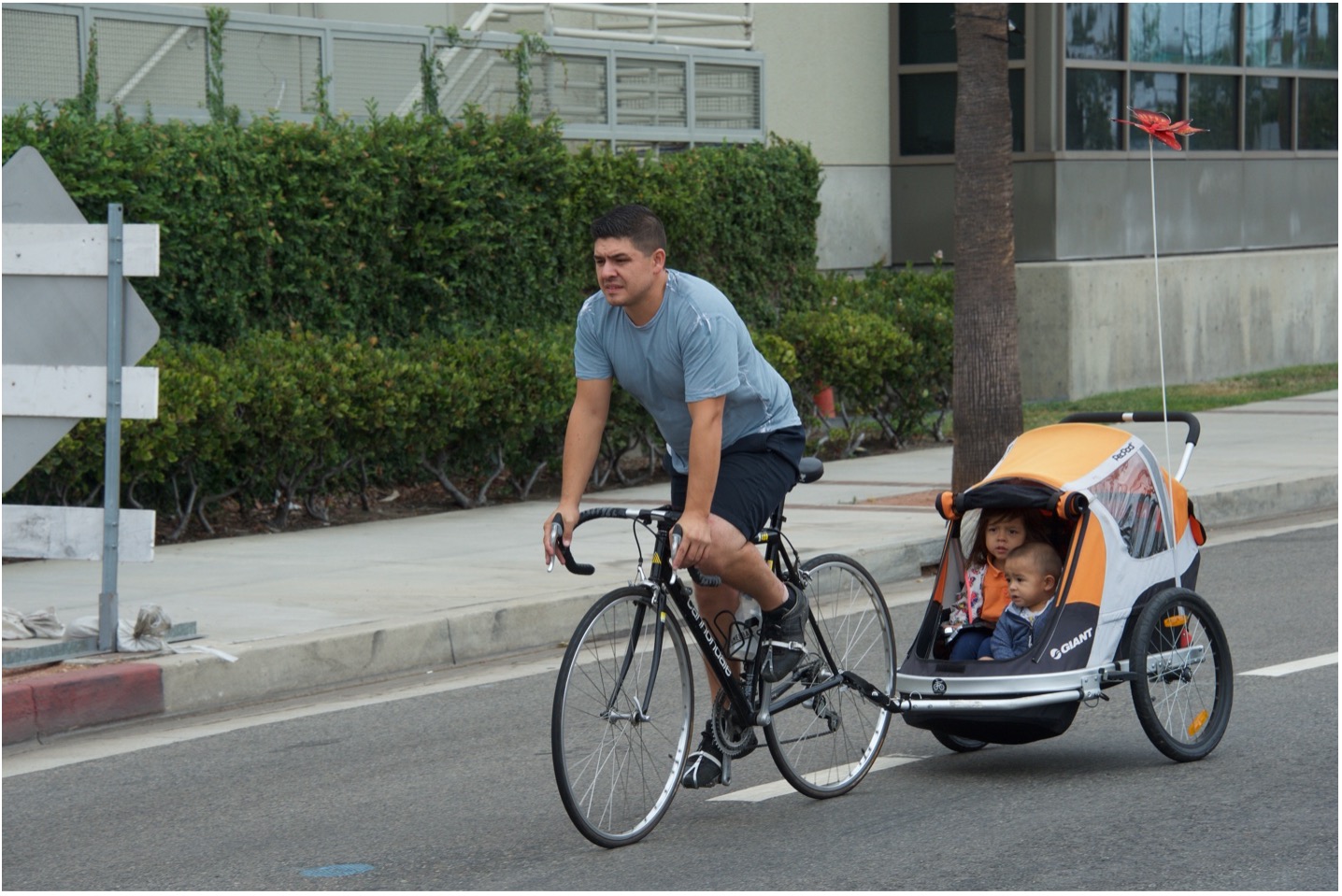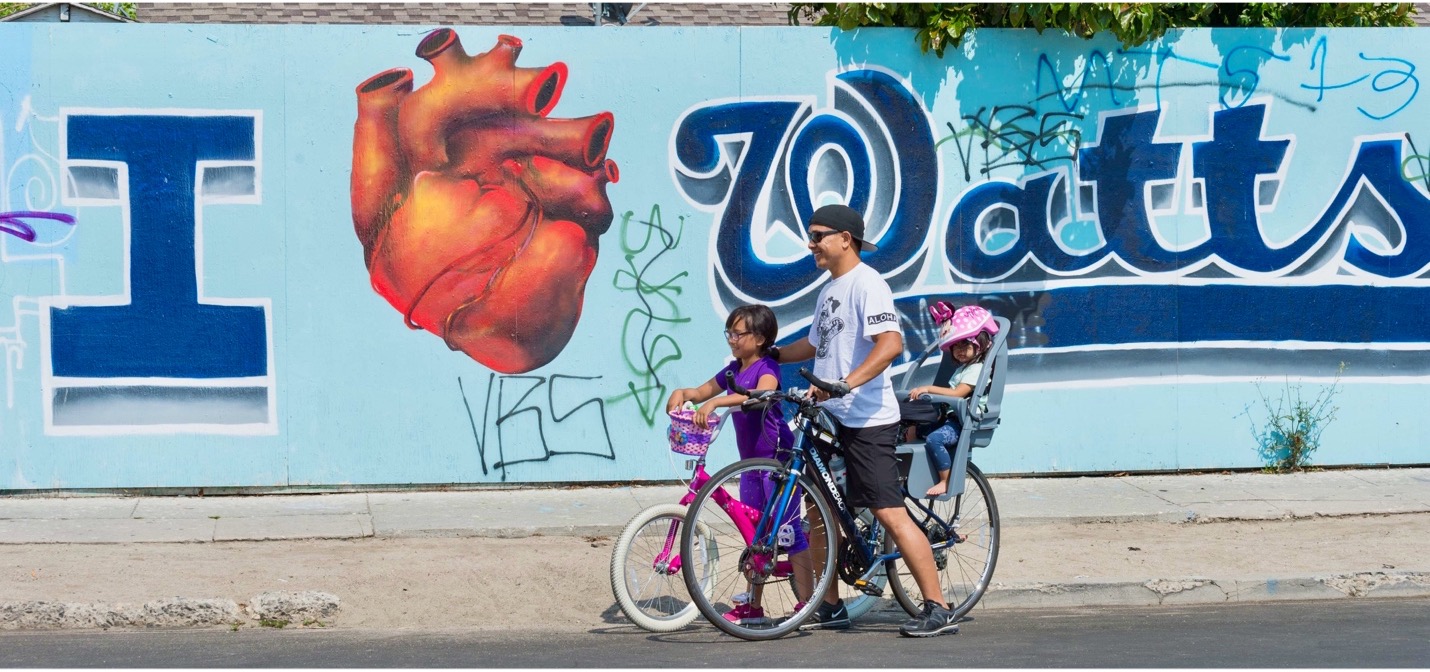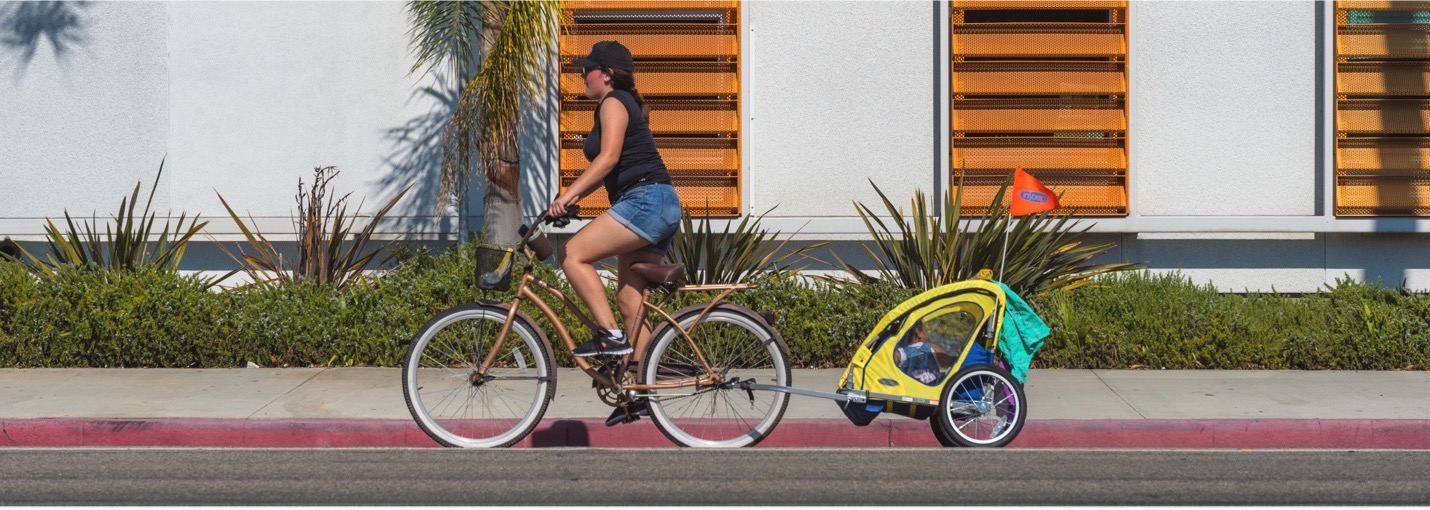
Lesson 28
Are We There Yet? Advice for Parents with Kids, and for Two- and Three-Car Families

I know, I know. Soccer practice, dance recitals, parent-teacher conferences, piano lessons, the dog needs shots, and so on. A parent’s work is never done, and you could never get it all done without at least two cars in the family, right?
I’ve heard this dozens of times from busy moms and dads. And for millions of families it may well be true.
But for millions of others it’s not true. Often one of the two family cars is used almost exclusively for commuting and stays parked all but sixty minutes a day. Is that really an efficient use of the family’s resources?
Sadly, having two cars is something many married couples do simply because it’s the American way. We are so accustomed to multicar families in this country it’s hard to imagine anything less than two cars in every driveway.
The result: most couples go into debt to buy two cars and then waste thousands of dollars each year on a second car, when all they really need is a little lifestyle reengineering – and maybe a bike with a child seat.
My Wife and I Are Experienced Car Free Parents
I’ve talked about this earlier in this course, my wife and I have two young daughters and we are car free. We live in Los Angeles County, a highly sprawled and spread out metropolitan area. Yet we get everywhere we need to go.
We take the kids to school, to the pediatrician, to friends’ birthday parties, to the museums, parks, restaurants, even Disneyland which is 45 miles away. All without owning a car. (We go to Disneyland on our rental car weekends. See Lesson 20.)
So believe me when I say families with children absolutely can go car free. Even easier, they can cut down from two cars to one. That’s what this lesson is about.

Car Free Success Story:
We used to be a two-car family. Now we’re a one-car family. Running around town and doing errands are actually quite easy. I think the secret to successfully being car-lite is attitude. I do not see this as being a hassle. I think of the bike first as transportation and the car a distant second.
Because of the money saved from having only one car I am able to work a three-quarter workweek, which I have done for the past six years. One less car also helped us pay off our mortgage in eleven years instead of fifteen. I then took the former house payment and put it into CDs, home improvements (not needing financing), and some Roth IRAs. Housing is crazy here in Salt Lake County. I estimate that what I put into home improvements in the past two years has increased in value by 50 percent. As you can see, there is a definite compounding effect initiated by not buying a second car.

It Can Be Done
A few years ago, the city of Seattle, Washington, conducted a study called The One Less Car Challenge. They asked families to volunteer to park one of their cars – or their only car – and not use it for two months.
According to the city’s website, “Over eighty Seattle households parked their second or only car for eight weeks and provided detailed info on every trip they took. 100 percent of the households succeeded in not driving the extra car! After the study 15 percent of the households decided to sell their extra car because they determined that it was not worth the cost – they could get around just fine by owning fewer cars and using the bus, their bike, walking, etc.”

Car Free Success Story:
In my family (two adults, two kids) we own one car. However, we resist the temptation to own two cars, which seems to be the norm with two working parents. The last two times we moved we made deliberate decisions to live close to work – even though housing was more expensive – specifically to reduce our need for a second car, and to enjoy the benefits of reduced car use. Right now we live in Ithaca, New York, which is a great place to go without a car. We also spent eight years in Palm Beach County, Florida (car country) and managed with only one vehicle.

Living with One Less Car
There are three keys to living with one less car. First, one of the two working adults in the household should find a way to commute car free. This leaves the family car available for others to use. Go back and read lesson 8 for a refresher on car free commuting.
If you have teenagers in the household, help them get summer jobs within walking or bicycling distance from home. Encourage them not to go into debt to buy a car of their own.
The second key is planning. If two people intend to use the car to go different place on Tuesday night, there will be a conflict. A simple solution is to keep a large calendar on the refrigerator to mark down when the car is needed and by whom.
The third key is teamwork. Working together, being flexible, and communicating with your teammates will make sharing a car much easier.
And like any team, after playing together for a while you’ll be able to anticipate which teammate will do what and when. Eventually, your one-car household will become a smooth-running machine.

Car Free Success Story:
Families should realize how totally feasible living with just one car is – as long as you’re willing to think outside the box. A lot of people get fixated on commuting in a certain way, and they don’t even look at the alternatives. The best way to handle this is to choose to live close enough to where one person works that a bike or public transit commute is feasible.
Even if it’s not in the cards to move right now, the next time the household packs up and moves to a new place for a new job, the location should be a priority. Even a relatively long commute can be done by bike, and it doesn’t have to be every day.
It’s still doable to share a car with two driving commutes. One person can drop the other one off at work and pick him/her up. This requires some planning ahead, but once you get into a routine, it’s no big deal. My husband and I even did this pre-cell phone! You can even alternate who drops off whom.
Obviously the big “duh” for one-car commuting is if both people work at the same or adjacent locations. Drive in together, go home together. Again, it requires a little bit of coordination if one person has to go in early or stay later, but it’s really not a big deal. And it’s nicer to have company in the car anyway. Pretty much you just have to be willing to be a little flexible.

Do It for Your Children
Let’s say you’re a married couple and you have two cars and two young children. You’re stressed because you know you’re going to need a boatload of money to pay for college someday. Let’s also say that giving up one of your two cars would save you $7,000 per year.
If you invested $6,000 of that money in a mutual fund and earned 8 percent per year, in seventeen years you’d have $240,000. That’s enough to pay cash for two kids’ college tuition at a public university, with plenty left over – maybe to help pay for a wedding or two.
Imagine the peace of mind you’ll have when you know your loved ones will be taken care of financially. I can’t think of a better reason to stop wasting money on a second car.
Car Free Success Story:
Most people living in unhappy bondage to their car live in places that really do make it hard to give up the car. That’s often the end of the discussion. But they moved there; they took jobs too far away. Of course, it’s not trivial to change those things, but that doesn’t make them any less worth changing. We are now enjoying the copious dividends of having been a double-income, no-kids, car free family for a decade.

This is the End of the Course
We have officially reached the end of this car free course. I want to thank you for taking the time to read, watch, and consider the concepts we’ve covered in these 28 lessons. I hope it provided value to you and perhaps helped you view car ownership in a different light.
If you have decided to go car free, congratulations. If you have decided to go car lite, congratulations. If you decided going car free is not for you, or just not right now, congratulations to you as well. At least now you are armed with the data and information that helped you make the choice that’s right for you.
Before you go, I have a couple of requests…
Spread the Word
Millions of Americans see automobile advertising every day and are influenced by its false promises and misleading claims. If the arguments in this course make sense to you, please help spread the word that every American does not need to own a car and that you can live well without one.
Share this course with anyone who you think might benefit from car free living.
✅ If someone in your family is looking for a way to simplify her life, tell her about this course.
✅ If you have friends or coworkers who constantly complain about money problems, suggest that they look into going car free.
✅ If you know someone who is struggling with debt or considering bankruptcy, urge him or her to take this course.
✅ And if there’s a young person in your life who is about to go into debt to buy their first car, strongly encourage them to give this course a look.
Remember, buying or leasing a car, truck, or SUV is often the worst financial move people make. Cars can destroy financial freedom, create debt, and decimate savings.
This course can’t compete with the billions of dollars car companies spend on advertising, but with your help we can get the word out.

We Want to Hear from You
We want to know what you think of this course. Please email your thoughts, opinions, suggestions, comments, criticisms, and especially your car free success stories to me at info@gocarfree.org.
Be sure to tell us how much your car was costing you, and if you got rid of a car or postponed the purchase of a car. And let us know if we have permission to publish your comments.
You can find additional information and resources about living car free by visiting our blog, HappilyCarFree.com.
Finally, GoCarFree.org creates and manages car free commuter programs for businesses, educational institutions, communities, governments, and large events. If you work for an organization that has to deal with a large influx of cars, we can help with that. Please email us at info@gocarfree.org and let us know. We’ll reach out.
Thank you!
